Mother Nature is undeniably, awesomely powerful. Her unbridled fury can change landscapes, wipe out population centers, and cause untold damage. And, while we can’t accurately predict every looming incident, there are often subtle signs that warn us of an impending natural disaster. Recognizing these signs can give us enough time to escape, get ourselves safe, or at least give us the best chance of survival. The Earth communicates with us through its fauna, flora, waters, and even through the air we breathe and the ground beneath our feet. Here are some signals that might indicate nature is about to unleash its formidable power.
Unusual Animal Behavior

The animal kingdom possesses an acute sensitivity to the Earth’s whispers, often detecting the early warnings of earthquakes or tsunamis. You might notice wildlife acting with uncharacteristic anxiety, pets displaying odd behaviors, or even marine creatures venturing closer to shore than usual. This shift in behavior can be a call to pay closer attention to our surroundings and prepare for potential changes.
Changes in Local Wildlife Habitats

When birds take flight en masse, insects desert an area overnight, or fish are found perishing in bodies of water, it’s time to take note. These changes can foretell natural events like earthquakes or floods. Additionally, such shifts may be responses to broader climate changes, hinting at more severe weather patterns on the horizon.
Unexplained Smells or Tastes
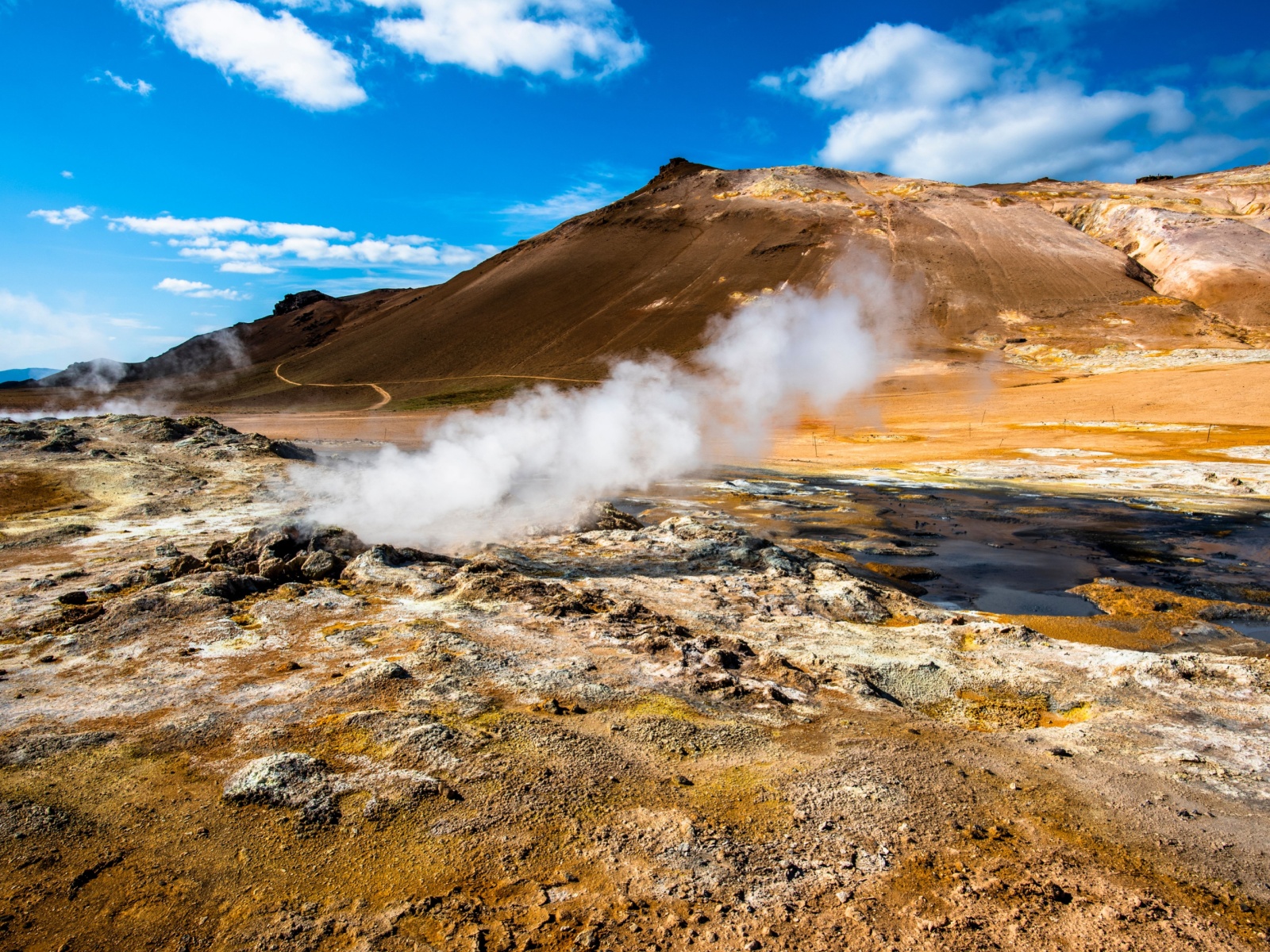
The Earth can communicate through our senses in unexpected ways. An unusual sulfur-like odor emanating from the ground or a metallic taste in your mouth could be early indicators of volcanic activity or an impending earthquake. Reports have also connected the smell of rotten eggs (which is sulfur) with both earthquakes and landslides.
Ground Trembling or Loud Booms

Experiencing unexplained mild tremors or hearing sounds resembling underground explosions can be disconcerting. These phenomena often precede larger seismic events, so we shouldn’t ignore them.
Changes in Local Water Sources

Alterations in the behavior of water sources near known fault zones—such as changes in water quality, temperature, or flow rate—warrant attention. These shifts may signal building tectonic pressures beneath the Earth’s surface. Similarly, variations in ocean temperatures and currents could be precursors to tsunamis.
Odd Sensations in the Body

Humans, too, may feel the imminent arrival of natural phenomena, experiencing unusual symptoms such as nausea, headaches, or a sense of being off-balance. These sensations are thought to be related to bio-magnetic field fluctuations.
Infrastructure or Land Changes

When you see the ground beneath you showing signs of distress, such as cracks in foundations, trees beginning to lean when they once stood tall, or new areas of standing water forming where the land was once dry, these can all be harbingers of ground instability or an imminent landslide. Especially in the aftermath of heavy rainfall or during the thaw of winter into spring, these changes in our environment warrant our attention and action to mitigate potential dangers.
Unusual Cloud Formations or Weather Patterns
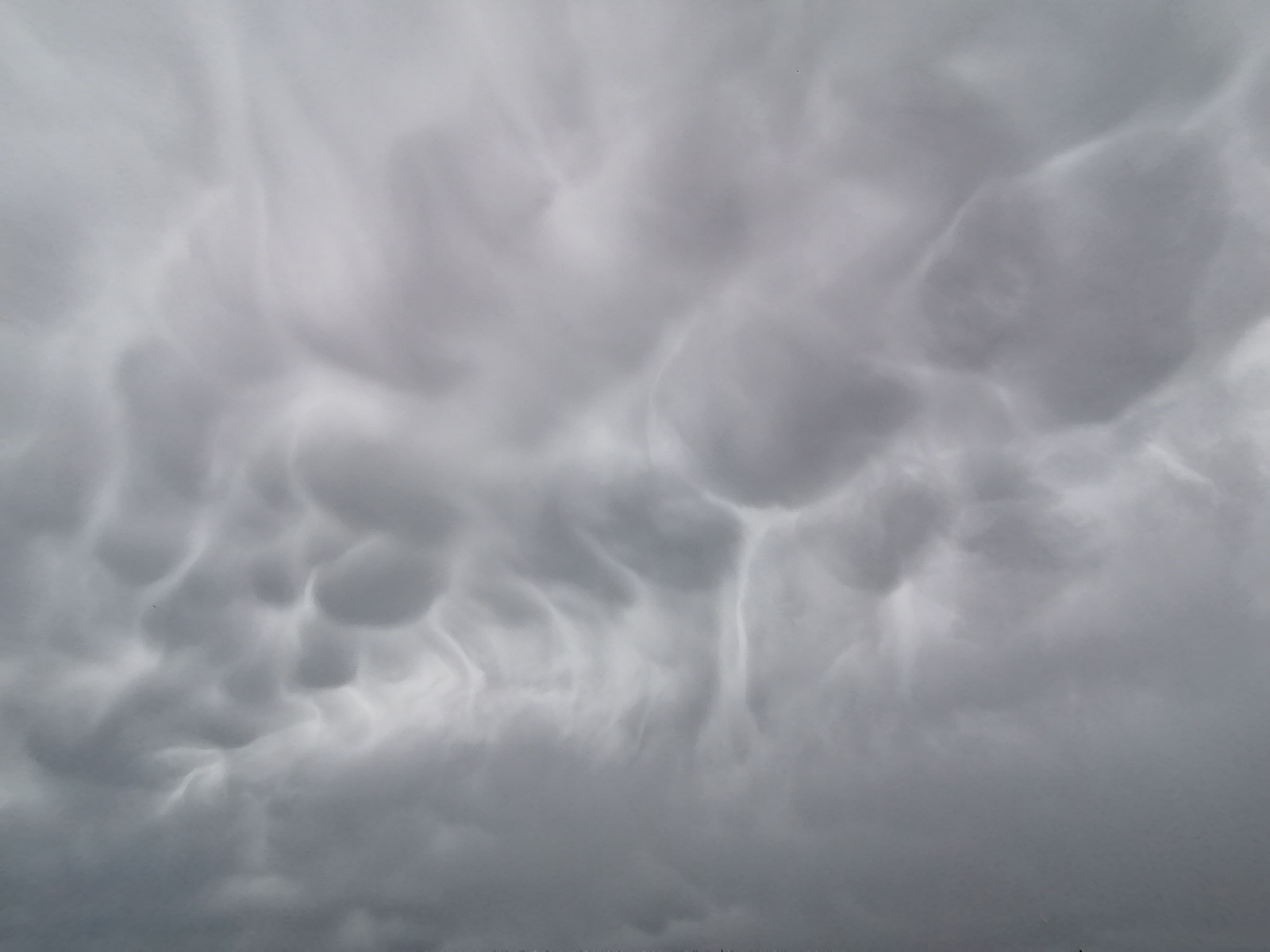
The sky often speaks in a language of its own, telling tales of what’s to come through the shapes and movements of clouds. Unusual formations, like the ominous appearance of mammatus clouds or the distinctive patterns signaling frontal systems, can precede severe weather events including thunderstorms or tornadoes. Similarly, an eerie calm after a storm or abnormal fog rolling into coastal areas might be nature’s final warning of a cyclone, hurricane, or tsunami drawing near.
Shifts in Air Pressure or Temperature
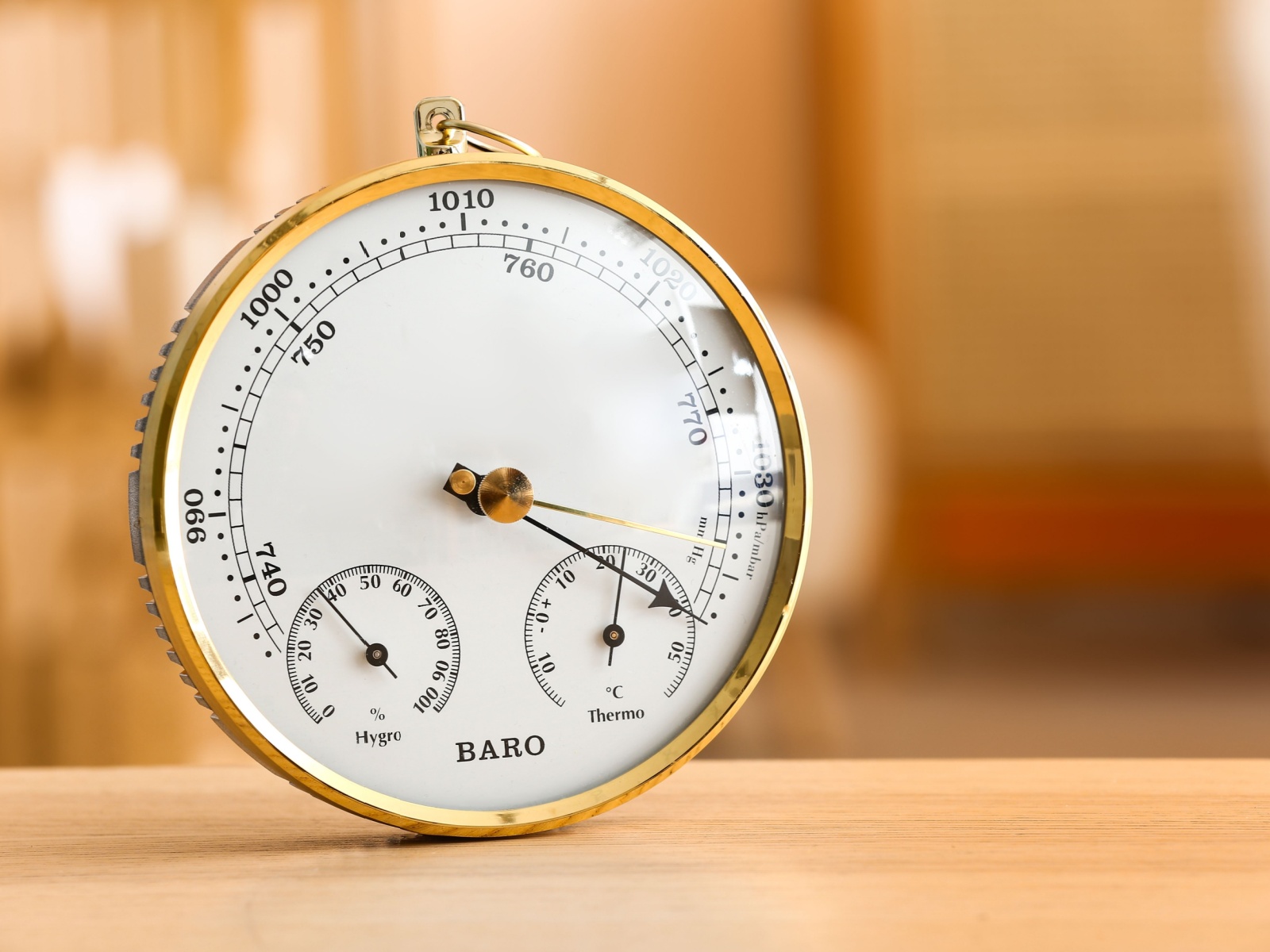
Sometimes, the air itself seems to weigh differently, carrying a tension that hints at an impending natural event. People sensitive to these shifts may notice sudden changes in air pressure or temperature or an uncharacteristic wind direction ahead of earthquakes or major storms. A significant drop in barometric pressure is a clear signal from nature that severe weather is on its way, urging us to prepare.
Rising or Receding Water Sources Without Apparent Cause

Water, in its ebb and flow, follows rhythms dictated by the moon, the land, and human interventions like dams. However, when you observe the ocean pulling unnaturally far back from the shore or rivers and lakes draining without explanation, these are critical signs. They indicate the potential for a tsunami, heralded by the ocean’s retreat, or a flash flood, following a seismic event that temporarily holds back a river’s flow. The duration of an earthquake can also serve as a clue; the longer the earth trembles, the higher the chance of a tsunami following in its wake.
Noticing a sudden roughness in the ocean’s character or witnessing the sea withdraw farther than usual are urgent calls to seek higher ground or move inland.
A Loud Noise or Roar from the Ocean

When the sea speaks in roars, it’s time to listen closely. A thunderous sound emanating from the ocean is a dire warning that waves are gathering strength, a precursor to the imminent arrival of tsunami surges. Minutes count in these situations, urging immediate action to find safety.
Hailstones but No Rain
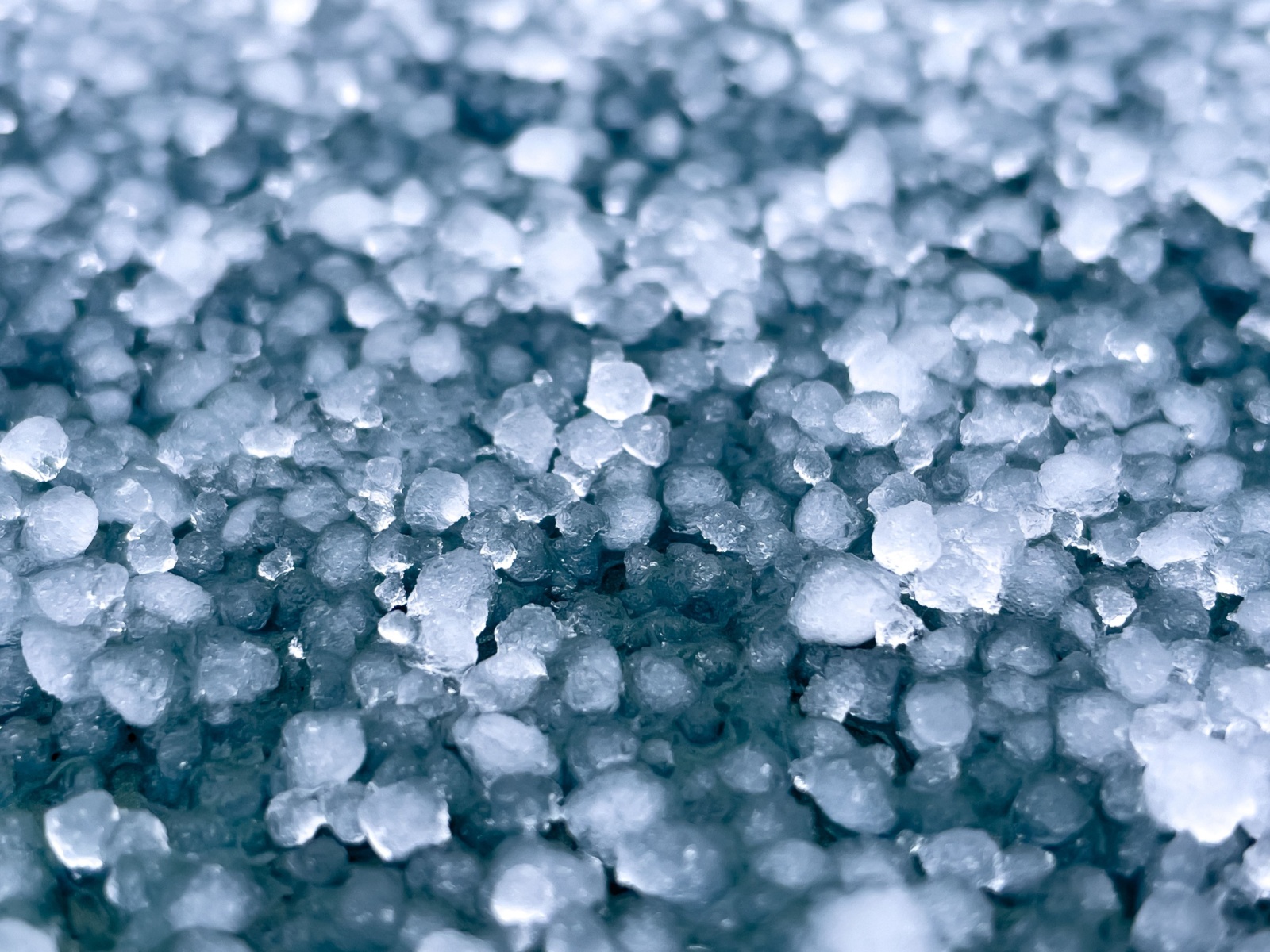
hailctpfHailstones plummeting from a seemingly dry sky are a warning of turbulent weather ahead, often signifying the presence of high winds capable of spiraling into a tornado. These conditions suggest the atmosphere is ripe for severe storms, prompting vigilance and preparedness.
Hair Standing Up

An electrifying indication of nature’s power, feeling your hair stand on end outdoors suggests an impending lightning storm is near. This natural phenomenon urges you to seek immediate shelter, avoiding open spaces and tall objects like trees to minimize the risk of lightning strikes.
Wild Animals Running Towards You

In the wilderness, animals’ instincts to avoid humans can be overridden by their urge to escape greater dangers. If you find wildlife unexpectedly moving in your direction, it’s likely they’re running in panic from an imminent threat, such as a wildfire. Their instincts are better than yours, so pay attention.
Conically Shaped Funnel Clouds

The sight of a funnel cloud, especially one beginning to rotate, is a clear signal of severe storm conditions, potentially leading to a tornado. If you see this in your area, raise the alarm and put your tornado survival plan into action.
New or Widening Fissures on Interior Walls

The appearance of new cracks or the widening of existing ones in your home’s interior walls can be an early warning sign of ground instability, such as an impending sinkhole, particularly in areas known for limestone deposits. Promptly consulting with a surveyor can help assess the risk and determine necessary precautions.
Low-Hanging Cloud Strips
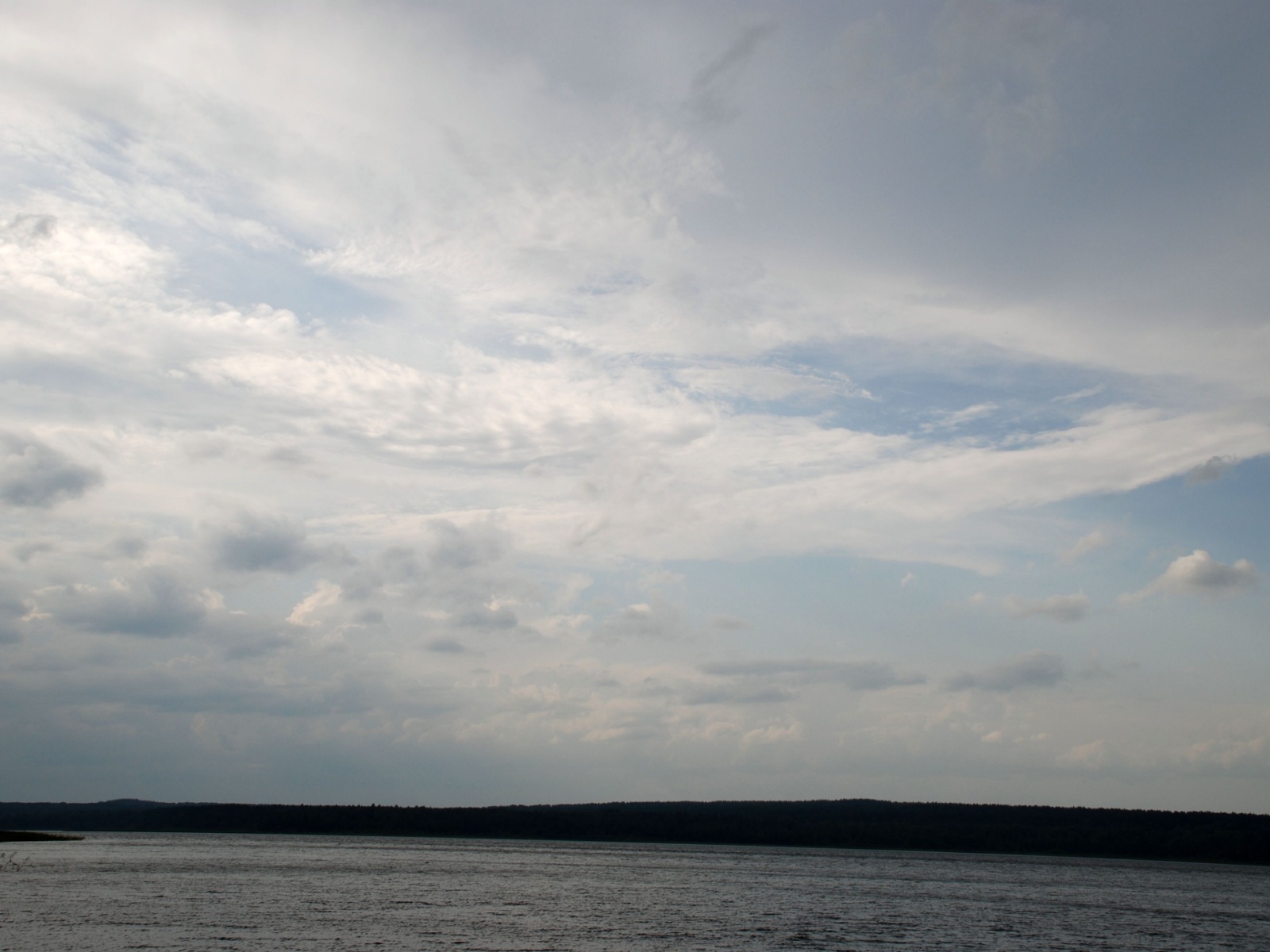
Meteorologists identify certain cloud formations, known as inflow bands, as indicators of severe weather ahead, which could escalate into tornado conditions. These low-hanging cloud strips signal that it’s time to monitor weather alerts closely and prepare for the possibility of extreme weather events.
17 Most Devastating Tornadoes In History
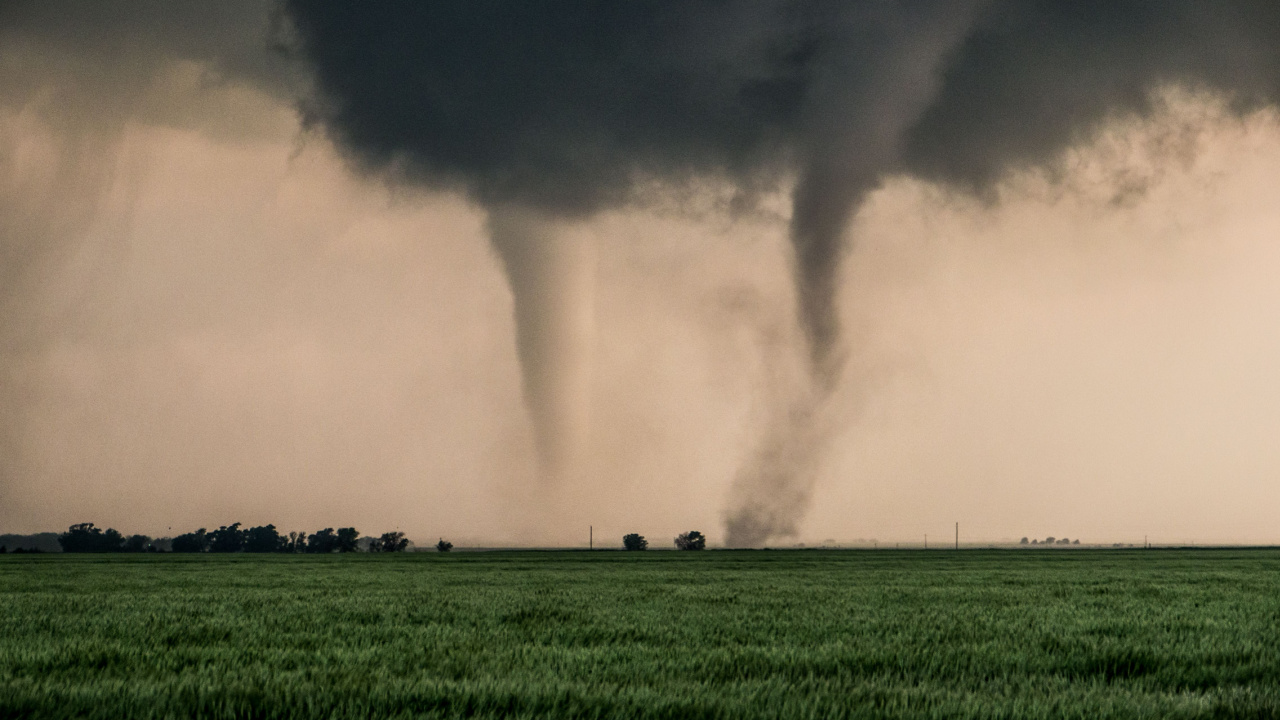
Nature’s fury is terrifying, and tornadoes are among the most deadly natural phenomena. These 17 deadly tornadoes highlight nature’s power and the resilience of humans in the aftermath of such devastation.
24 Most Devastating Blizzards in US History

For preppers, understanding the power and impact of historic blizzards is key to being prepared for future winter emergencies. Each of these historic snowstorms teaches valuable lessons about resilience, planning, and survival. The more prepared we are, the better our chances of survival in an emergency scenario.
- Read More: 24 Most Devastating Blizzards in US History
23 Riskiest Cities To Be During a Power Grid Collapse

In a world where the stability of our power grid is increasingly under threat, knowing which urban areas to avoid during a blackout is crucial for any serious prepper. And which areas to escape as quickly as possible. When you’re making your survival plans, keep in mind that these are the places you don’t want to be.

